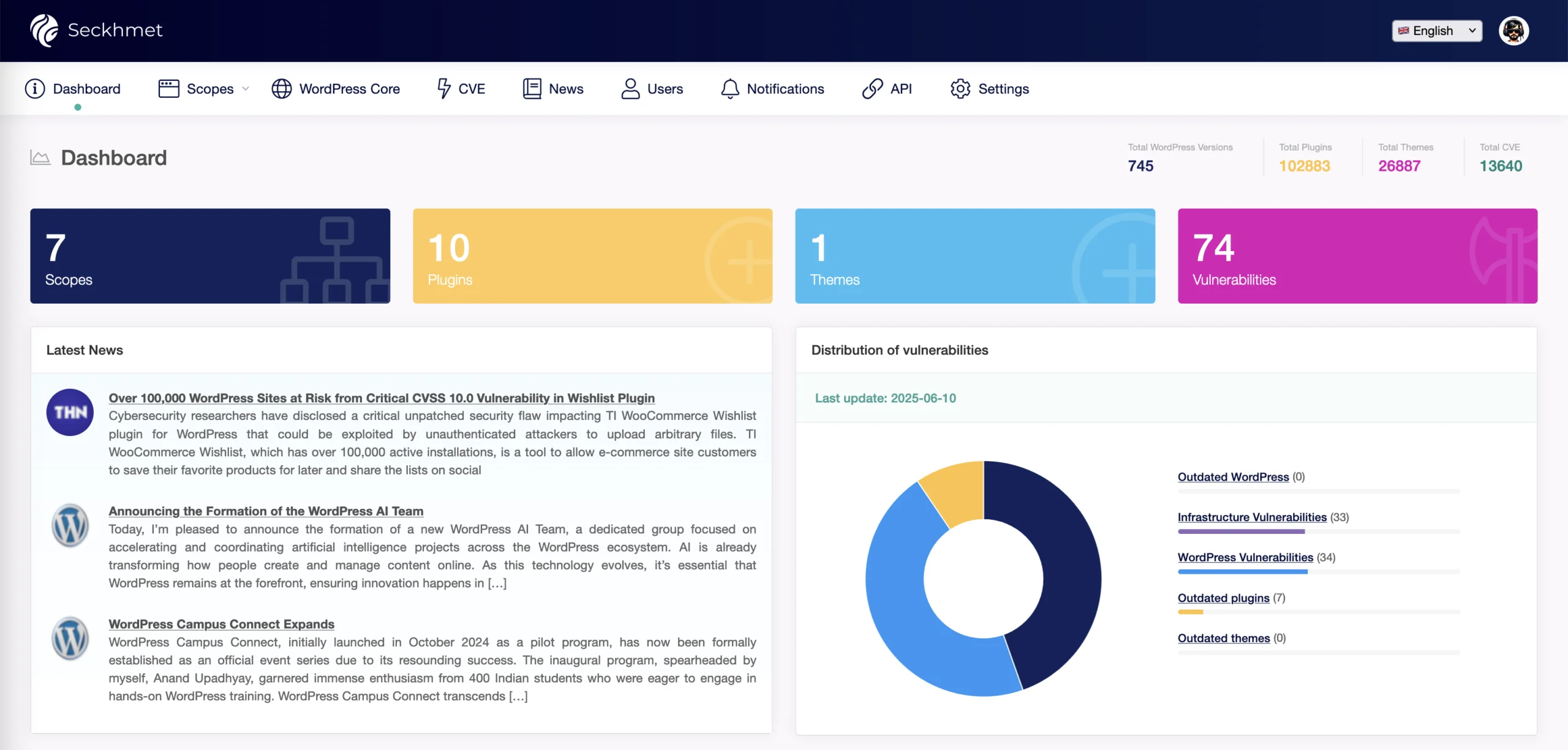A tempting… but misleading promise
In recent years, Attack Surface Management (ASM) has become a key buzzword in cybersecurity strategies. Vendors compete with promises: a single tool, a single platform, and your organization’s attack surface is mapped, monitored, and secured.
But reality is more nuanced. The problem with ASM is not “I have too many tools.” The real problem is that overly generic solutions fail to find the right information.
-
Discovering a domain or an IP address is trivial.
-
But detecting a poorly secured configuration in Azure, a publicly exposed Swagger file, or a vulnerable WordPress plugin… that’s a different story.
“All-in-one” ASM tools create an illusion of control, but often miss the most critical vulnerabilities—the ones actually exploitable by an attacker.
Generic ASM vs specialized ASM
An effective ASM must rely on two complementary approaches:
-
Generic vision: map the entire attack surface and identify exposed assets.
-
Specific analysis: adapted to the organization’s real technological context, where the most dangerous flaws hide.
Most solutions only deliver the first. They provide a macro mapping of the attack surface—useful, but incomplete.
What’s missing is depth of analysis: understanding a cloud service configuration, identifying logical flaws in an API, or assessing the security of specific environments such as WordPress.
WordPress: the blind spot of generic ASM
WordPress powers more than 40% of the web. Yet it remains a blind spot for most generic ASM solutions.
-
They may detect that a site uses WordPress, but stop there.
-
Real vulnerabilities often stem from:
-
Misconfigurations
-
Plugins
-
Themes
-
These represent thousands of components, each with its own update cycle and weaknesses.
A generic ASM misses the essentials. This is where specialization makes the difference.
The value of specialization: the Seckhmet example
At Seckhmet, we chose specialization. Our solution combines the generic vision required for mapping with deep WordPress expertise.
This includes:
-
Dedicated scans, identifying plugins, versions, and vulnerabilities.
-
Precise alerts, centered on flaws that are actually exploitable.
-
Clear, actionable reports, enabling fast remediation without unnecessary noise.
Specialization means efficiency: less noise, more relevance, and directly actionable intelligence.
Modern ASM: a matter of orchestration
An effective ASM is not a miracle tool. It is an ecosystem.
-
Generic mapping provides visibility.
-
Specific analysis delivers depth.
-
Orchestration connects the two into operational value.
Seckhmet follows this principle. With its API, it integrates with existing ASM tools, SIEMs, or SOCs.
It does not replace solutions—it enhances them, adding unique WordPress expertise.
Thus, a basic inventory becomes an actionable analysis, directly usable by security teams and administrators.
Conclusion: breaking free from the illusion
The illusion of “all-in-one” ASM is believing that one generic tool covers every need.
In reality, modern ASM requires orchestration between generalist and specialized tools.
The true value lies in connecting global mapping to targeted, context-specific analyses.
Since WordPress represents a major share of the Internet’s attack surface, it deserves a central role in this strategy.
With Seckhmet, we turned specialization into efficiency—transforming the illusion of control into a clear, precise, and actionable view of the attack surface.
